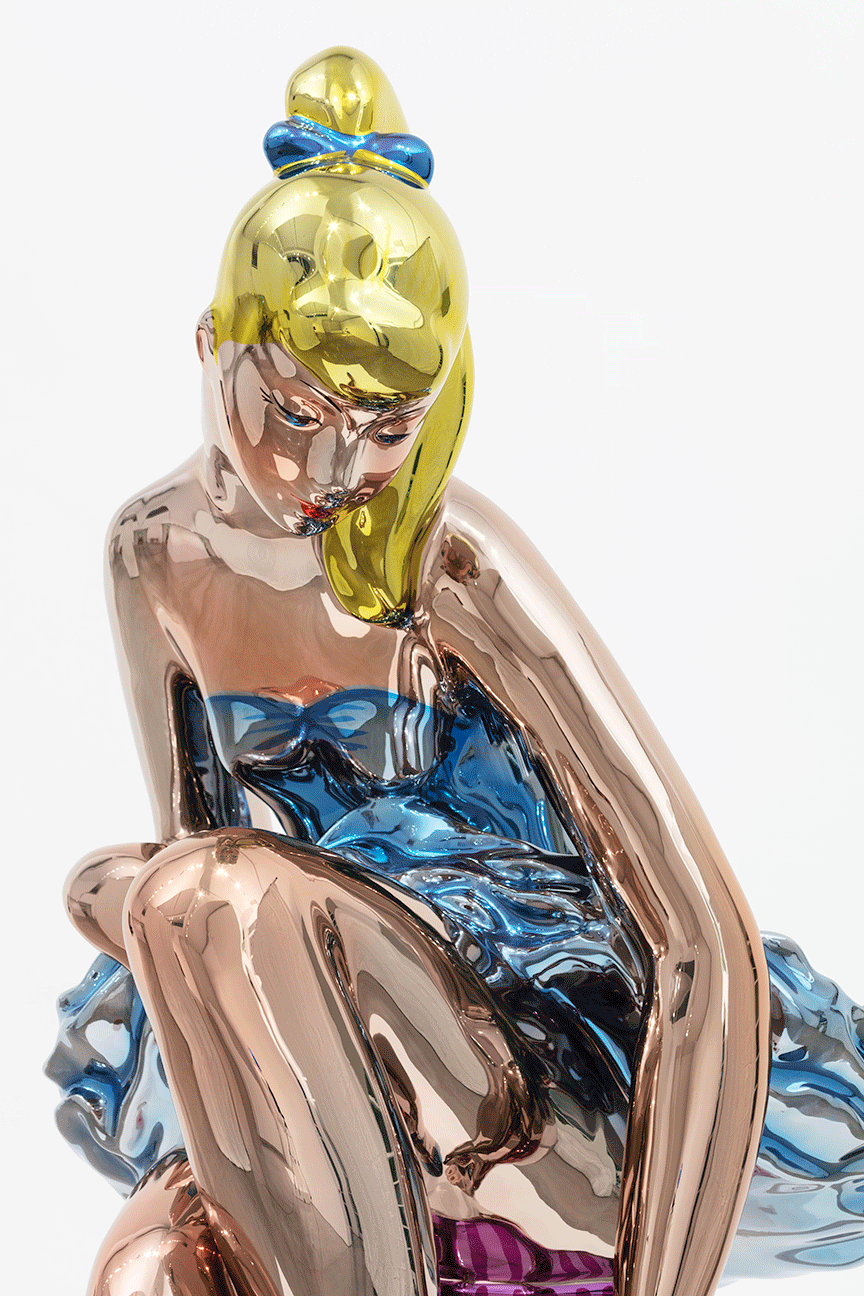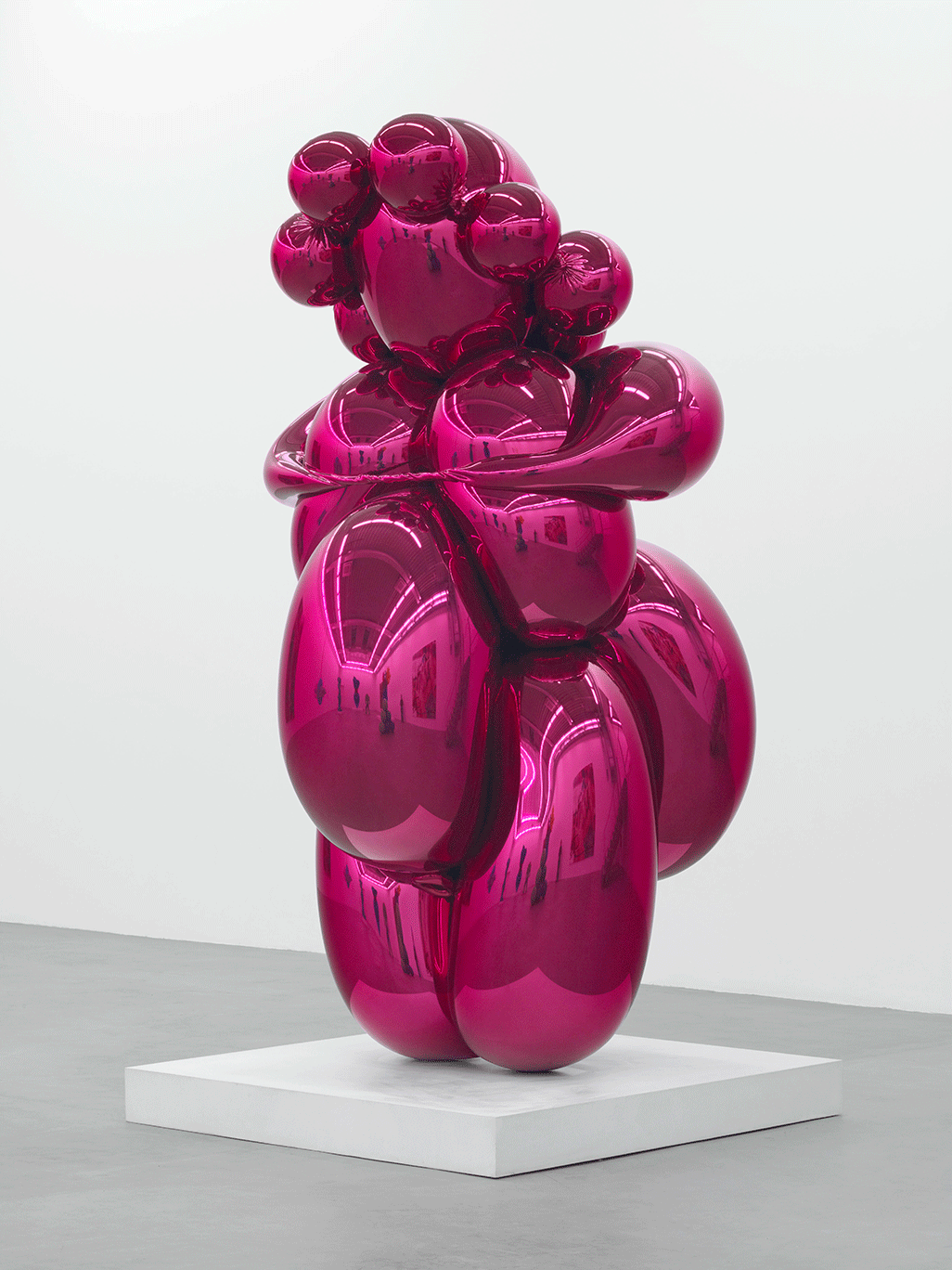« Features
The Beauty of Wabi-Sabi
Wabi-Sabi is a classic and well-known style of Japanese craftsmanship dating back at least as far as the 14th century. Unfortunately, its definition has become a cliché in the art world and its deeper philosophical dimensions are often overlooked or under-appreciated. The standard explanation is superficial at best: “A beauty of things imperfect, impermanent, and incomplete. A beauty of things modest and humble. A beauty of things unconventional.”1 Although of course there is some accuracy in these statements, they do not capture the most profound aspects of the worldview underlying wabi-sabi.
The philosophy in question is Zen Buddhism. A precise historical interconnection between Zen and wabi-sabi is the classic Japanese tea ceremony (or chado, the way of tea). The tea room, or “Buddha world,” in its purest form has always been a very limited space with low ceilings and a small entrance area. The building materials and utensils were of a rustic nature, and all aspects of the ceremony were undertaken in quiet, meditative ways that over the centuries became habitually precise. But the ultimate purpose of the ceremony was never formalism as such or precision for the sake of precision. Rather, the goal was for participants to be invited to take a step back from their daily routines into the quietude of a solemn and contemplative consciousness that could intuit the beauty and interconnectedness of all things and beings. Naturally, the tea masters-many of whom were schooled in Zen-did not believe that such a consciousness could be rushed or achieved quickly or superficially. It is often not appreciated today that the tea ceremony is itself a meditative event that requires patience and practice. It cannot be put on the clock, commodified, or technologized in any of our late modern ways.
Three other important Zen beliefs are at the heart of wabi-sabi: sunyata, tathata, and anicca. Briefly, sunyata is the teaching that there are no solid substances in the world; all things and all beings are processes emerging from or returning to nothingness, which is not understood as an absolute void but a dynamic emptiness full of potentialities.2 Tathata is the teaching of ‘suchness,’ that the primal interconnectivity of the cosmos is uniquely found in every moment and in every being. And anicca is the doctrine of constant flux-everything everywhere, including the reality of the self, is inevitably changing, evolving, and devolving. Nothing stands or lasts forever. These ideas are typically instantiated in events, constructions, or works of art that show the influence of wabi-sabi.
Birth and death, construction and disintegration, the use of raw natural materials, the incorporation of wizened ‘defects’ (like wormholes in wood), simplicity, and working with the angularities and idiosyncrasies of various media, are again applicable to the tea room. A thatched roof, walls of bamboo, small windows for natural lighting, tatami mats, and the glowing coals warming the tea water. The rustic utensils, the calmness and quietude, the utter peacefulness, the gestures of serving and receiving tea: these are all indicative of the shimmering beauty of the entire ceremony. They are characteristics of all classical wabi-sabi art forms. The visual materiality of chado is thus not the ultimate beauty; it is the state of mind induced by the ceremony.

Sadako Ohki, with a contribution by Takeshi Watanabe, Tea Culture of Japan. New Haven: Yale University Art Gallery, 2009. Published in conjunction with the exhibition, “Tea culture of Japan: Chanoyu Past and Present,” (January 20-April 26, 2009), organized by the Yale University Art Gallery.
If wabi-sabi is, as it were, the yin of traditional Japanese beauty, then the yang of Western beauty may be found in the Greek philosophers and craftspersons who emphasized what they understood to be the mathematizable and geometric perfection of beautiful objects. As Leon Battista Alberti, the Italian philosopher and architect, claimed in the 15th century, beauty is a harmony of parts in which any change would be for the worse. This could easily be the motto for the entire Western history of the aesthetics of beauty, from the precise formulas of the Parthenon to contemporary work in the science of beauty and its incorporation in the so-called ‘beauty mask’ of maxillofacial surgeon Stephen Marquardt as constructed from a series of Golden Decagon matrices.3 Harmony, balance, symmetry, use of the Golden Ratio, and similar attributes have dominated art and architecture in the West for many centuries. The two paradigms of wabi-sabi and perfection of form are not, of course, mutually exclusive. They have co-existed for many centuries. However, in late modernism, it would seem that the Western paradigm is crowding out all competitors with the advent of the Internet and digitalization, photoshopping and other graphic design techniques, and the ubiquity of hyperreal and hyper-accelerated images across the globe. The Korean philosopher Byung-Chul Han has written extensively about these phenomena.
In his book Saving Beauty, Han argues that the aesthetic of beauty has been and will continue to trend globally toward what he calls ‘the smooth.’ He cites the art of Jeff Koons as a popular example:
Jeff Koons, arguably the most successful living artist at present, is a master of smooth surfaces…Everything flows in soft and smooth transitions. Everything appears rounded, polished, smoothed out…It does not ask to be interpreted, to be deciphered or to be reflected upon. It is an art in the age of Like…Koons’s seamless sculptures also look like brilliant, weightless soap bubbles made of air and emptiness…They embody a perfect and optimized surface without depth and shallows.4

Jeff Koons (b. 1955), Seated Ballerina, 2010 – 2015, mirror-polished stainless steel with transparent colour coating, 210.8 x 113.5 x 199.8 cm. © Jeff Koons. Artist’s proof, Edition of 3.
Koons’ oeuvre is, of course, complex, dynamic, and provoking. Examples, though, of Han’s critique can be found in the Ashmolean Museum Jeff Koons exhibition at Oxford, Spring 2019. The exhibition is a sampling of recent work and older work stretching back as far as the 1980s. The epitome of the smooth in the exhibition is Seated Ballerina, (2010-2015) (mirror-polished stainless steel with transparent color coating).
If this was 8″ tall it would simply be a kitsch object, but it is a generous 82″ tall, much larger than life. The smooth at this large scale is a plot point in gamesmanship of postmodern philosophy and spectacle. In terms of its surface, sensual aesthetic, the work is gorgeously paradigmatic of smooth beauty. As Koons might have it, the piece exudes an eye-popping and mesmerizing wow factor that, for better or worse, seems miles away from wabi-sabi.
Han refers to many other instances of this contemporary aesthetic, such as the design of smartphones and cars, the techniques of photoshopping and airbrushing, and the tsunami of regularly idealized images coming at us daily through the Internet and other electronic media that we are invited to evaluate only with likes or dislikes. His critique, though, does not stop merely at the surface. He finds that smooth phenomena, including instantaneous sound-bites and eye-bites of digitalized information, increasingly commodify and stupefy us into a virtually mindless state where we are unwilling or unable to appreciate any putatively beautiful phenomena that require us to slow down, step back, and contemplate their meaning and deeper aesthetic impact. In other words, phenomena that call upon us to deepen to a greater or lesser extent our very being-in-the-world.
It is not my intent in this essay to present a full description and analysis of Han’s overall critique of the smooth world of beauty. It is fascinating, though, how he connects the appreciation of deeper beauty with the idea of the vita contemplativa, or the contemplative life, which was one of the truest ways of being human according to Aristotle. Han also finds this meditative emphasis in the later Heidegger’s use of the word Gelassenheit, which is a state of letting-go of the daily self, a state of calm and patient openness to beautiful phenomena, a gift of existential grace. This state of being is exactly what occurs, or can occur, in the experience of natural phenomena or artworks that exhibit wabi-sabi. We are thereby ‘called away’ from the incessant hyperactivity of techno-capitalism. We are summoned back to our own being as it interconnects with all beings.
According to Leonard Koren, the experience of the beauty of wabi-sabi involves a realization of the precious evanescence of life:
Wabi-sabi images force us to contemplate our own mortality, and they evoke an existential loneliness and tender sadness. They also stir a mingled bittersweet comfort, since we know all existence shares the same fate.5

Jeff Koons (b. 1955), Balloon Venus (Magenta), 2008 – 2012, mirror-polished stainless steel with transparent colour coating, 259.1 x 121.9 x 127 cm. © Jeff Koons, 5 unique versions (Magenta, Red, Violet, Yellow, Orange).
The experience also brings with it an appreciation of the cosmic order:
The materials out of which things wabi-sabi are made elicit transcendent feelings. The way rice paper transmits light in a diffuse glow. The manner in which clay cracks as it dries. The color and textural metamorphosis of metal when it tarnishes and rusts. All these represent the physical forces and deep structures that underlie our everyday world.6
Finally, wabi-sabi follows the Zen suggestion to get rid of all that is unnecessary and focus on contemplative insights into phenomena that cannot be commodified because they are valuable for their own sake. It’s as if, in their classical manifestations, wabi-sabi artforms put up a hand or an aestheticized stop sign: slow down and stop, there are more profound manifestations of beauty that in their own way can enable us, if only for a while, to become human again. Perfection and permanence are fictions of the smooth-driven beauty economy. In reality, wabi-sabi beauty is at the heart of our very fragile and imperfect mortality.
NOTES
1. Leonard Koren, Wabi-Sabi for Artists, Designers, Poets & Philosophers. Point Reyes, CA: Imperfect Publishing, 2008, p. 1.
2. Interestingly, the ancient idea of beings emerging from primordial nothingness is echoed by several contemporary astrophysicists. See Lawrence M. Krauss, A Universe From Nothing. New York, NY: Atria Books, 2012.
3. See beautyanalysis.com for an extended discussion of Marquardt’s ideas about the beauty mask.
4. Byung-Chul Han, Saving Beauty, trans. Daniel Steuer. Medford, MA: Polity Press, 2018, p. 2-4.
5. Koren, p. 54.
6. Koren, p. 57.
John Valentine is a professor of philosophy at the Savannah College of Art and Design, where he has taught since 1990. His publication credits include the textbook Beginning Aesthetics (McGraw-Hill, 2007); articles in the Florida Philosophical Review, the Southwest Philosophy Review, the Journal of Philosophical Research, the Journal of Speculative Philosophy and The Philosopher; poetry published in various journals, including the Sewanee Review, Midwest Quarterly and Southern Poetry Review, among others; and six chapbooks of poetry.





































Leave a Reply
You must be logged in to post a comment.